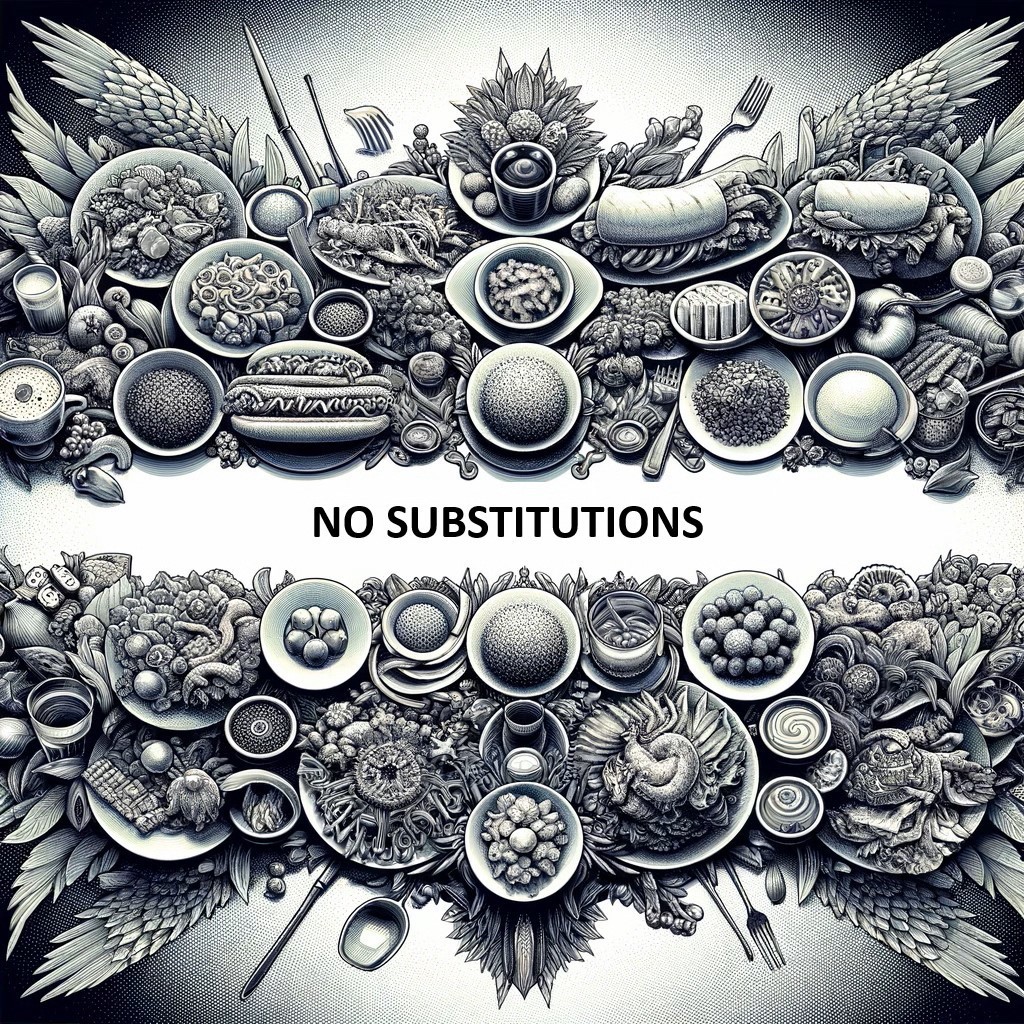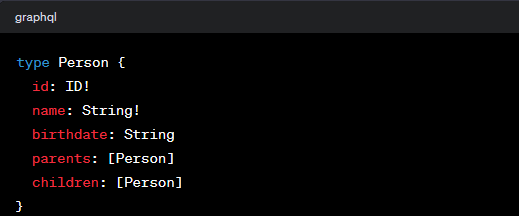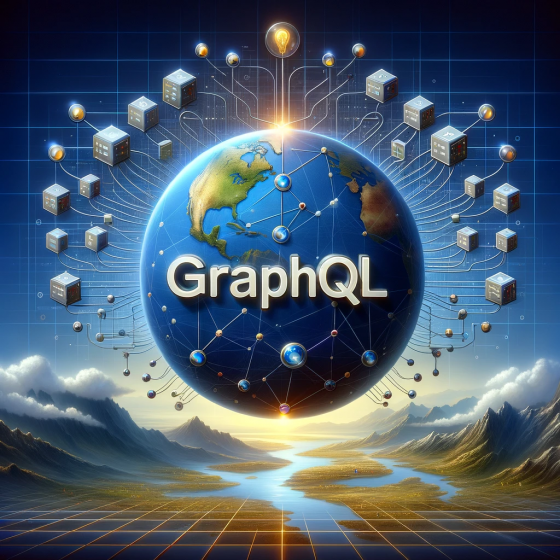“GraphQL is a better way to ask for what you need and get exactly that, no more and no less.”
Lee Byron, Co-Creator of GraphQL
In today’s digital world, where data is king, understanding and efficiently managing data is critical for any organization. GraphQL offers companies a more efficient, flexible, and scalable way to handle complex data interactions, making it an invaluable tool in the modern digital landscape. But what exactly is GraphQL, and why is it becoming a game-changer in data management? Let’s break it down in layperson’s terms.
What is GraphQL?


Source: Use of images & graphs throughout this article are authorized by sourcing credit to Citanex.com, 2024
The Speed and Efficiency of GraphQL
Speed is a standout benefit of GraphQL. By enabling precise data requests, it reduces unnecessary data exchange. This efficiency speeds up applications, enhancing user experience and boosting critical factors like website performance and search engine rankings. (Cavaliere, 2019)
Ideal for Complex Systems
In a world where systems are increasingly interconnected, GraphQL acts as a unifying language that simplifies communication between various parts of an application. It is particularly useful in complex systems, bringing order and clarity to potentially chaotic data interactions.
A Hierarchical Approach to Data
GraphQL structures data in a way that mirrors real-life relationships – much like a family tree. This approach makes understanding and navigating through different data points intuitive and straightforward.

Client-Centric Data Handling
One of the key features of GraphQL is how it molds data into user-friendly formats. It allows developers to request data in specific shapes, making it easier to work with on various devices and platforms.
Flexibility Across Technologies
A major strength of GraphQL is its adaptability across different technology stacks. Whether you are working with a traditional web application or a modern mobile app, GraphQL can fit right in, making it a versatile tool for developers. (Mihet, 2024)
Simplifying Development Processes
Unlike traditional methods, GraphQL allows for easier updates and feature additions to applications without the risk of breaking existing functionalities. This flexibility is a boon for developers, reducing the time and effort required for maintenance and updates.
Ensuring Reliability with Typed Data
By enforcing types of data (like numbers, text, etc.), GraphQL minimizes common bugs associated with data handling. This not only enhances application reliability but also streamlines the development process. (Cavaliere, 2019)

Caching: A Consideration
While GraphQL excels in many areas, it does present a challenge with caching – storing data for future use to speed up access. Its unique query nature makes caching more complex compared to traditional methods, but this is often addressed through advanced libraries and tools.
Security Considerations
In securing GraphQL implementations, several key aspects require attention. First, managing query complexity and depth is crucial to prevent service degradation or security breaches. Implementing rate limiting is also essential to guard against abuse, ensuring that users can only make a limited number of requests in a given timeframe. Rigorous input validation is important to avoid injection attacks and protect data integrity. Proper authorization and authentication must be in place to ensure users access only the data they are permitted to see. Additionally, minimizing data exposure by carefully controlling the visibility of sensitive data in the schema is vital. Continuous monitoring and logging of API usage are imperative for the timely detection and response to any suspicious activities or potential security threats.
Traditional API and web application gateways are not sufficient to secure GraphQL. Instead, modern methods that can identify and respond to GraphQL-specific threats are needed. This includes tools for real-time security responses and deep visibility into GraphQL traffic. For instance, monitoring for abnormal request volumes is essential, as such anomalies could indicate security incidents. Properly managing GraphQL from the start, with an emphasis on security and scalable practices, is key to preventing vulnerabilities and ensuring efficient operation. (Guedes, 2023)
GraphQL v REST Comparison
REST, or Representational State Transfer, is a way of building web services that lets different computer systems communicate and share information over the internet in a simple and standardized way, much like how web pages are accessed and displayed in a browser. GraphQL offers several compelling advantages over REST, making it an increasingly popular choice for modern data management:

Summary Conclusion
In essence, GraphQL is a modern toolkit for data querying that brings speed, precision, and flexibility to the table. Its ability to streamline complex data interactions makes it a valuable asset in today’s data-driven world. While it comes with its own set of challenges, such as caching complexities, the overall benefits it offers in managing and utilizing data effectively make it a standout choice for organizations looking to optimize their data handling processes.
Ready to elevate your data strategy with built-in security? Contact Citanex today!
Bibliography
Cavaliere, M. (2019, 10 15). 8 Business Reasons to Adopt GraphQL and Apollo Server. Retrieved from echobind.com: https://echobind.com/post/8-business-reasons-to-adopt-graphql-and-apollo-server
Guedes, W. (2023, 08 29). How to succeed with GraphQL APIs. Retrieved from InfoWorld.com: https://www.infoworld.com/article/3705052/how-to-succeed-with-graphql-apis.html
Mihet, V. (2024, 01 01). Why should you adopt GraphQL in your Applications. Retrieved from upmostly.com: https://upmostly.com/web-development/benefits-of-adopting-graphql
Related Articles




